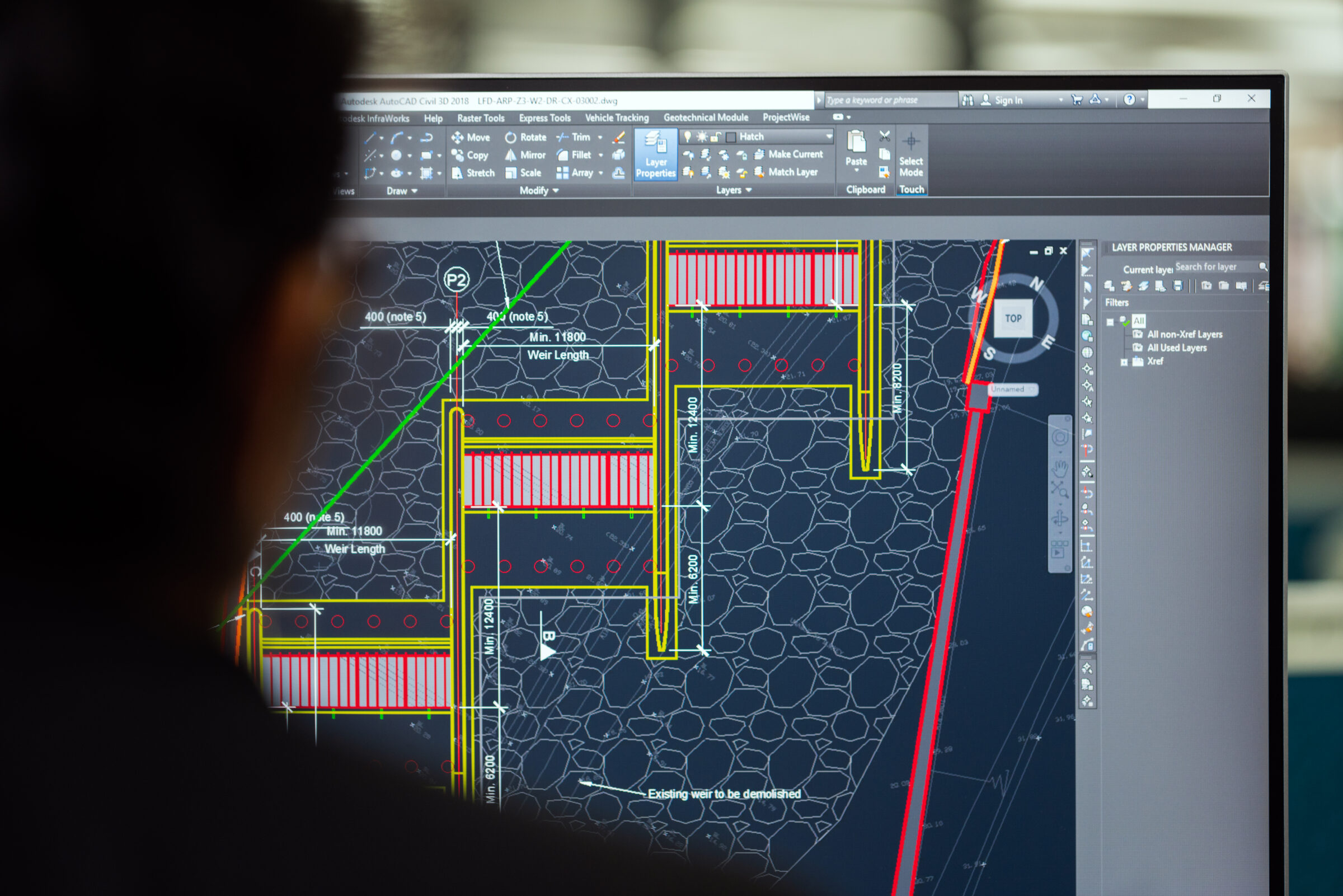

As well, lead glass or other glassware with glazes may have lead or cadmium in the glaze which may also release into food or drink. We discussed lead glass above, and Health Canada explains how lead may be released from lead glass containers - such as lead crystalware - into food and drink. The exception is certain types of glass that may have toxic lead or cadmium in them. The safety of glass has been demonstrated in many studies and is generally recognized as safe by governments and legislation. These inert and impermeable qualities of glass make it completely safe for food and drink usage. It is generally completely inert (i.e., non-reactive and non-leaching) and is impermeable to liquids and gases. Toxicity :One of the key reasons we love glass is because it is so safe. Borosilicate glass is regularly used for common household oven and cookwares, laboratory apparatus, various high intensity lighting applications, and glass fibres for textile and plastic reinforcement.

Typical Use: The uses of glass are ntainers, dishware and kitchenware of all types, windows, mirrors, laboratory equipment, optical equipment such as lenses, binoculars and telescopes, fibre optics used for telecommunications and in medicine, glass tubes and light bulbs. These properties highlight the crystals brilliance making it popular for glasses, decanters and other decorative objects. But it is not safe, and in our opinion should be avoided completely. The result is a glass that has a high refractive index - making it sparkle brightly - and a relatively soft surface so that it is easy to decorate by grinding, cutting and engraving. With lead glass, the lime-derived calcium oxide is replaced with lead oxide (anywhere from 25-60% depending on the application of the glass) and most of the soda ash is replaced with potassium oxide. One other form of glass we wish to highlight, given it's continued relatively common occurrence and its toxicity, is lead glass, also known as lead crystal. Thus it it less prone to breakage with fast extreme temperature changes. Many of the glass products we carry are made of borosilicate glass. In this type of glass the silica is slightly increased (70-80%), the soda ash is decreased and in part replaced with boric oxide (7-13%), which has the effect of increasing its durability and thermal shock resistance. And aluminum oxide (about 1-3%) is also often added to increase the stability of the glass.Īnother common and more durable form of glass is borosilicate glass. The lime contributes calcium oxide (about 5-10%) and magnesium oxide (about 1-3%).

Silica is the base material (usually about 70-75%), but has a very high melting temperature (about 1700 Celsius).So the basic chemical composition and production process for most commercial glass is as follows: What is glass made of? The main materials for most consumer glass, which is a type of glass called soda-lime glass, are: silica or silicon dioxide (commonly known as "sand," yes, that same sand you find on a beach), sodium carbonate (or soda ash, which is both naturally-occurring and synthetically produced), and lime (calcium carbonate, which is found naturally as limestone, marble, or chalk). Glass exhibits what is known as a glass transition, meaning that it can transform from its hard amorphous state into a molten rubbery, almost liquid state when heated sufficiently - and it can transform back into the solid amorphous state by cooling: hence it's 100% recyclability. By amorphous, we mean that it's physical structure is not ordered and fixed like a crystalline substance, such as a natural crystal. So what is glass? Glass is an amorphous solid material that once hardened is usually transparent and potentially brittle. Evidence of human-made glass has been found dating back as far as 4000 BC. Yes, there are the issues of it being fragile and heavy and somewhat energy intensive to produce and transport, but when balanced with the key negatives of plastic (leaching, toxicity, fossil-fuel derived, energy intensive to produce, huge waste and environmental issues), we feel glass is far superior for many everyday uses.Īnd glass is not new. It does not absorb smells or flavors, is easy to clean, and can be produced relatively inexpensively as the raw materials are plentiful and largely naturally-occurring. It is elegant and can be shaped and coloured as desired in a non-toxic way. It's inert, non-leaching, and 100% recyclable.


 0 kommentar(er)
0 kommentar(er)
